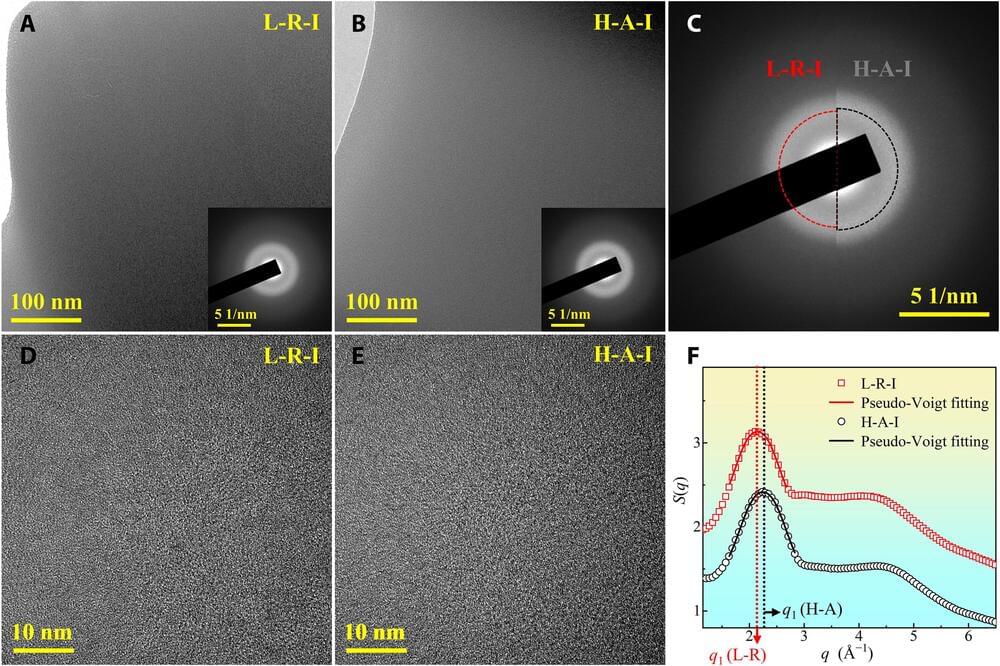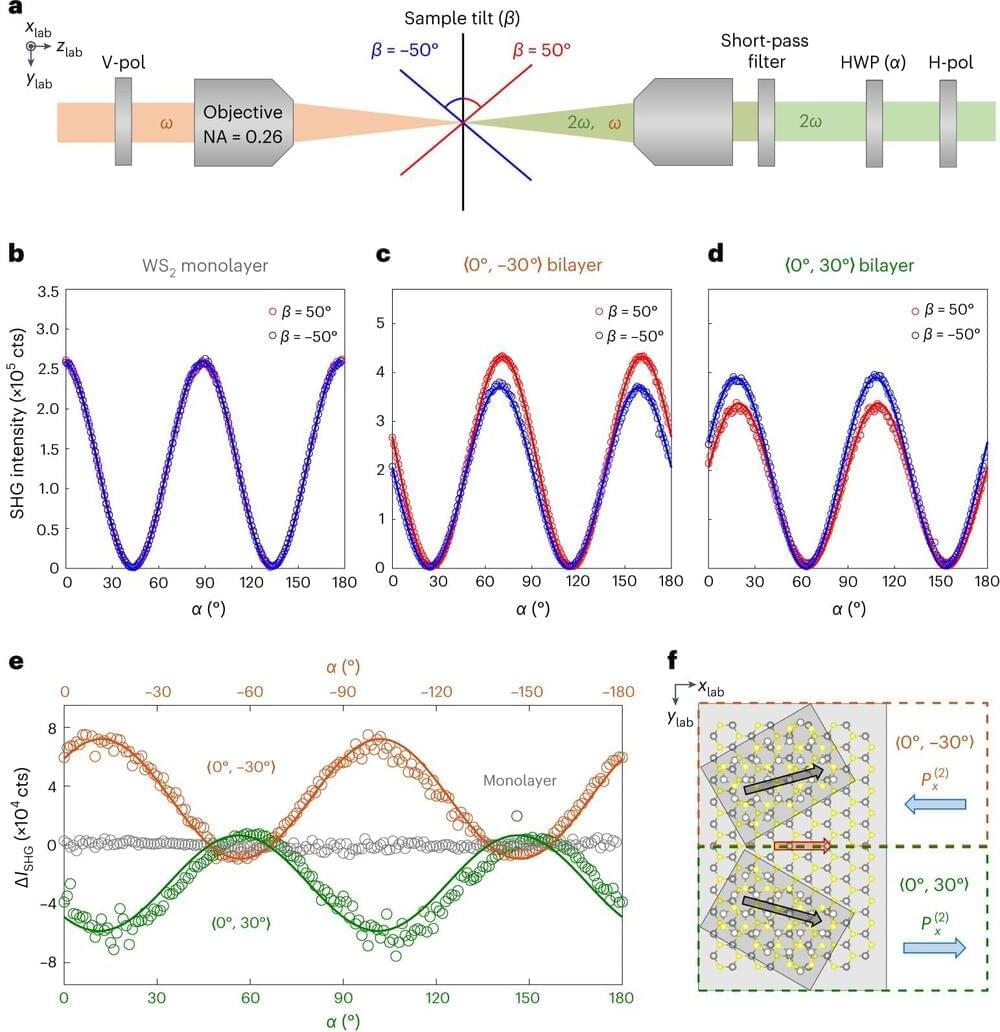Researchers at Auburn University have achieved a groundbreaking discovery, illuminating the process by which brain cells efficiently replace older proteins. This process is essential for maintaining effective neural communication and optimal cognitive function.
The findings were published on November 6 in the prestigious journal, Frontiers in Cell Development and Biology. The study, entitled “Recently Recycled Synaptic Vesicles Use Multi-Cytoskeletal Transport and Differential Presynaptic Capture Probability to Establish a Retrograde Net Flux During ISVE in Central Neurons,” explains the transportation and recycling of older proteins in brain cells.








